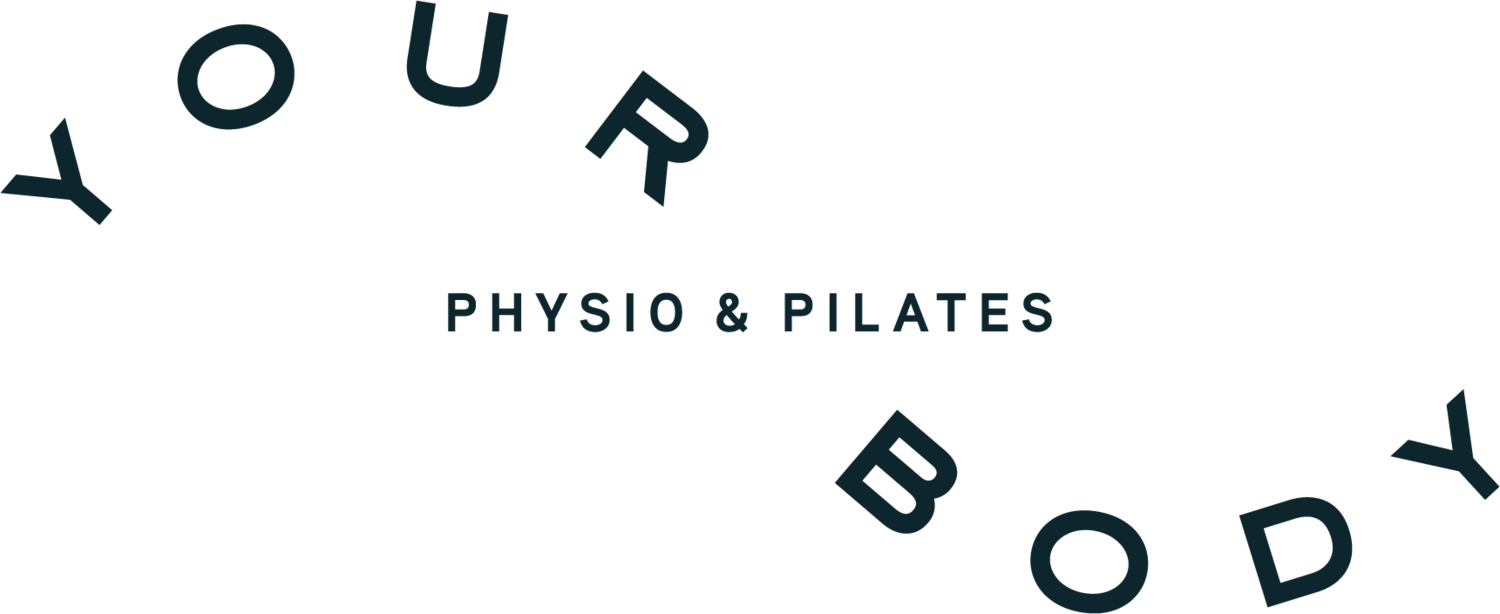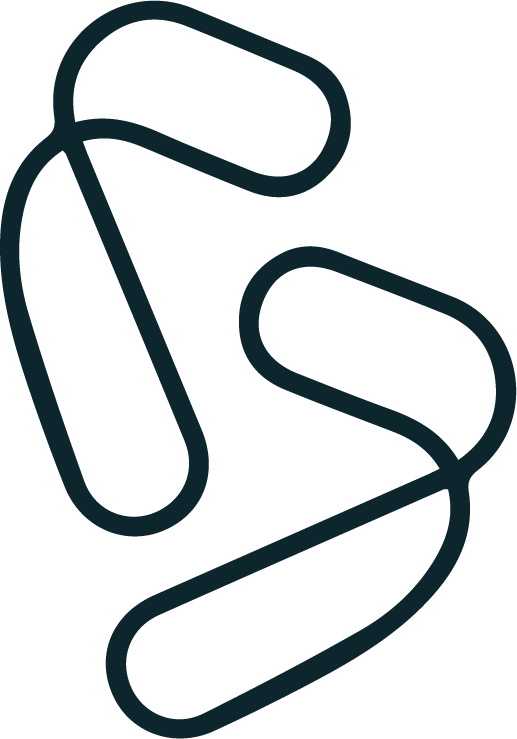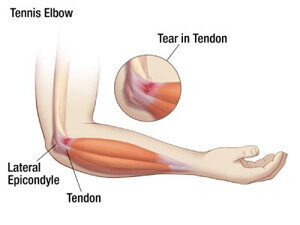Tennis Elbow Treatment
What is Tennis Elbow?
Tennis elbow, or lateral epicondylitis as it is known in the medical community, is the most common overuse injury in the elbow. You don’t need to be training like Ash Barty to get it; tennis elbow is far more likely to happen at home!
This injury involves the tendons of the extensor muscles in your forearm, the muscles that extend (bend) your wrist backwards. The tendons often become irritated, tight or even slightly torn which can cause them to pull on the bony part of your outer elbow. It can lead to inflammation and pain in this area.
What are the Symptoms?
People suffering from Tennis Elbow often report:
· Focal pain over the outer bony part of the elbow (see Figure 1 below for exact location).
· Inflammation of the elbow or forearm.
· Pain that worsens immediately after or a few hours after activity and is worse as the day goes on.
· Weakness of the wrist extensor muscles.
· Weaker grip strength.
Figure 1.1
Can Tennis Elbow Get Better?
YES! The good news is that tennis elbow can be managed and treated by physiotherapy and a few activity changes by you.
The most important start to managing tennis elbow is identifying what may be causing it. Approximately only five per cent of tennis elbow injuries actually occur from playing tennis!
Most people with tennis elbow symptoms can relate the onset of the injury to the start of a new or more strenuous activity in their life. Many people who suffer from this injury may have recently taken up gardening, DIY, the use of hand-powered machinery or tools such as drills.
People who work with their hands a lot, such as hairdressers, might suffer from tennis elbow after a particularly busy few months. Whatever the cause, we usually won’t ask you to stop this activity, but you might need to take a short rest, modify it or begin wearing a tennis elbow brace while doing it.
Tennis Elbow Treatment
If you find yourself suffering from tennis elbow, start your recovery by using an icepack on the area several times per day. Take a rest from any activity that causes pain and discuss the use of anti-inflammatories with your doctor or pharmacist.
Physiotherapy can massively help resolve tennis elbow injuries by implementing a variety of treatment methods including:
· Prescribing exercises to strengthen and stretch the muscles around the wrist and forearm.
· Providing advice and education on modifying activities and injury management
· Massage.
· Joint mobilisation.
· Taping.
· Recommending and fitting a brace or tennis elbow strap.
· Electrotherapy.
Like all injuries, it’s important to take action as soon as you realise there is an issue – treatment periods are typically longer for injuries left waiting. Contact us if you need some help with tennis elbow or other ailments today.


